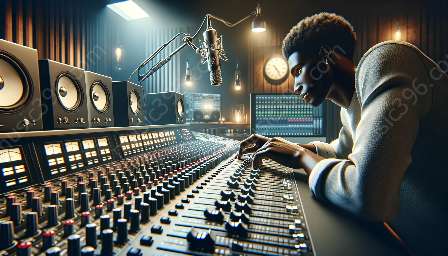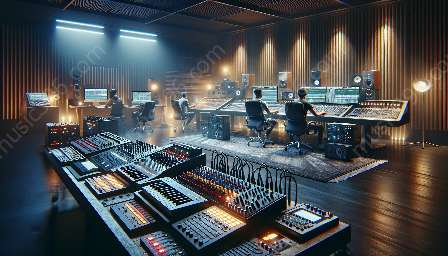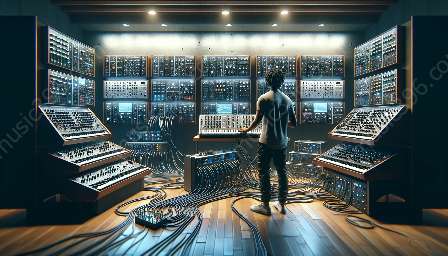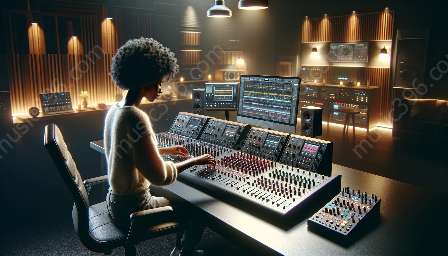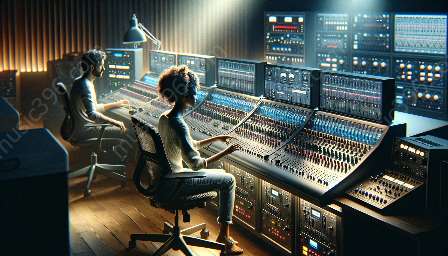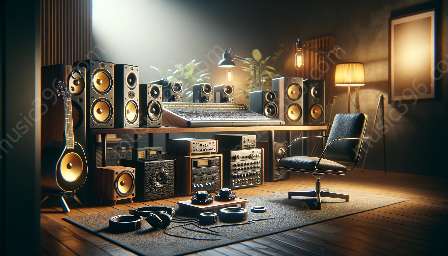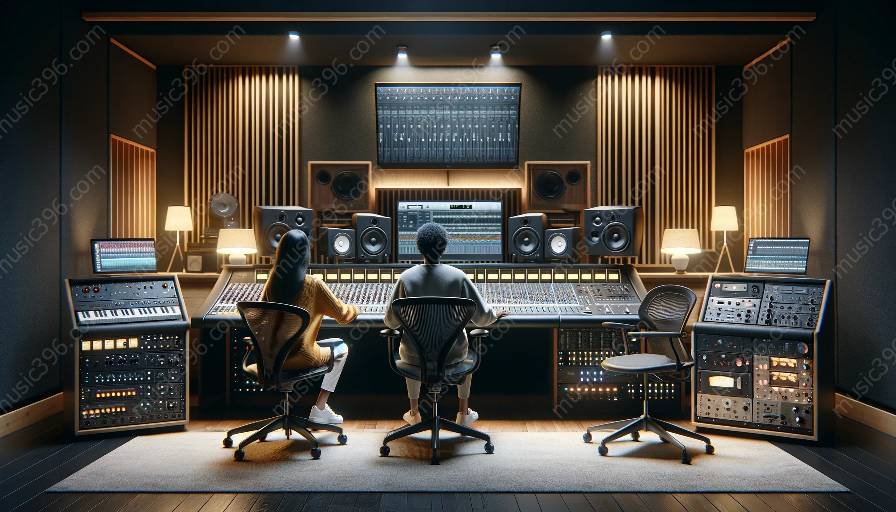Audio mastering is a critical stage in the production of music, and tonal balance and equalization are essential concepts within this process. Understanding these concepts is crucial for achieving a professional and polished sound that meets industry standards. In this topic cluster, we will explore the principles of tonal balance and equalization in the context of audio mastering, delving into the techniques, tools, and best practices used to enhance the sonic quality of music productions.
Understanding Tonal Balance
Tonal balance refers to the distribution of frequencies across the audible spectrum, aiming for a harmonious and well-rounded sound. Achieving an optimal tonal balance involves addressing the relative levels of different frequency ranges, such as bass, midrange, and treble, to ensure that no particular frequency dominates the mix. In mastering, tonal balance plays a crucial role in creating a cohesive and pleasing sonic experience for the listener.
The Role of Equalization
Equalization, often abbreviated as EQ, is a fundamental tool in audio mastering used to adjust the tonal balance of a mix. EQ allows engineers to boost or attenuate specific frequency ranges, thereby shaping the overall sound of the music. By applying precise EQ adjustments, mastering engineers can address tonal imbalances and enhance the clarity, depth, and impact of the mix.
Techniques for Tonal Balance and Equalization
Mastering engineers employ various techniques to achieve optimal tonal balance and equalization in music productions. One common approach involves using spectrum analyzers and metering tools to visually assess the frequency distribution of a mix. This visual feedback aids in identifying areas that require tonal adjustments, allowing engineers to apply targeted EQ modifications.
Another key technique is the use of multiband compression and dynamic equalization. These tools enable engineers to control the dynamics and tonal balance of specific frequency bands, providing greater precision in shaping the overall sound without affecting the entire frequency spectrum indiscriminately.
Considerations for Music Technology
Advancements in music technology have significantly influenced the methods and tools used in tonal balance and equalization during mastering. With the rise of digital audio workstations (DAWs) and plugins, mastering engineers now have access to a wide array of EQ processors, dynamic processors, and spectral analysis tools that streamline the workflow and offer unparalleled flexibility in shaping tonal characteristics.
Best Practices for Tonal Balance and Equalization
Mastering engineers adhere to several best practices to ensure effective tonal balance and equalization. Firstly, it is essential to approach mastering in an acoustically treated environment with high-quality studio monitors to accurately perceive tonal nuances and make informed EQ decisions.
Additionally, referencing tracks with well-established tonal balance can provide valuable insights and benchmarks for achieving a competitive sonic profile. A/B comparisons with commercial releases or reference tracks can reveal areas where the mix may require tonal adjustments, guiding the mastering process toward achieving professional-grade tonal balance.
Furthermore, maintaining a balanced perspective and avoiding over-processing is crucial. While EQ can be a powerful tool for shaping the tonal balance, excessive processing can lead to unnatural artifacts and a loss of musicality. Engaging in critical listening and periodic breaks can help ensure that the tonal adjustments contribute positively to the overall sonic integrity.
Conclusion
Mastering music with a focus on tonal balance and equalization is a multifaceted process that demands precision, artistic judgment, and a deep understanding of audio engineering principles. By harnessing the concepts and techniques of tonal balance and equalization, mastering engineers can elevate the sonic quality of music productions, delivering captivating and immersive experiences for listeners. As the field of music technology continues to evolve, mastering professionals are empowered with advanced tools and methodologies to achieve exemplary tonal balance and EQ, setting the stage for impactful and engaging musical creations.

